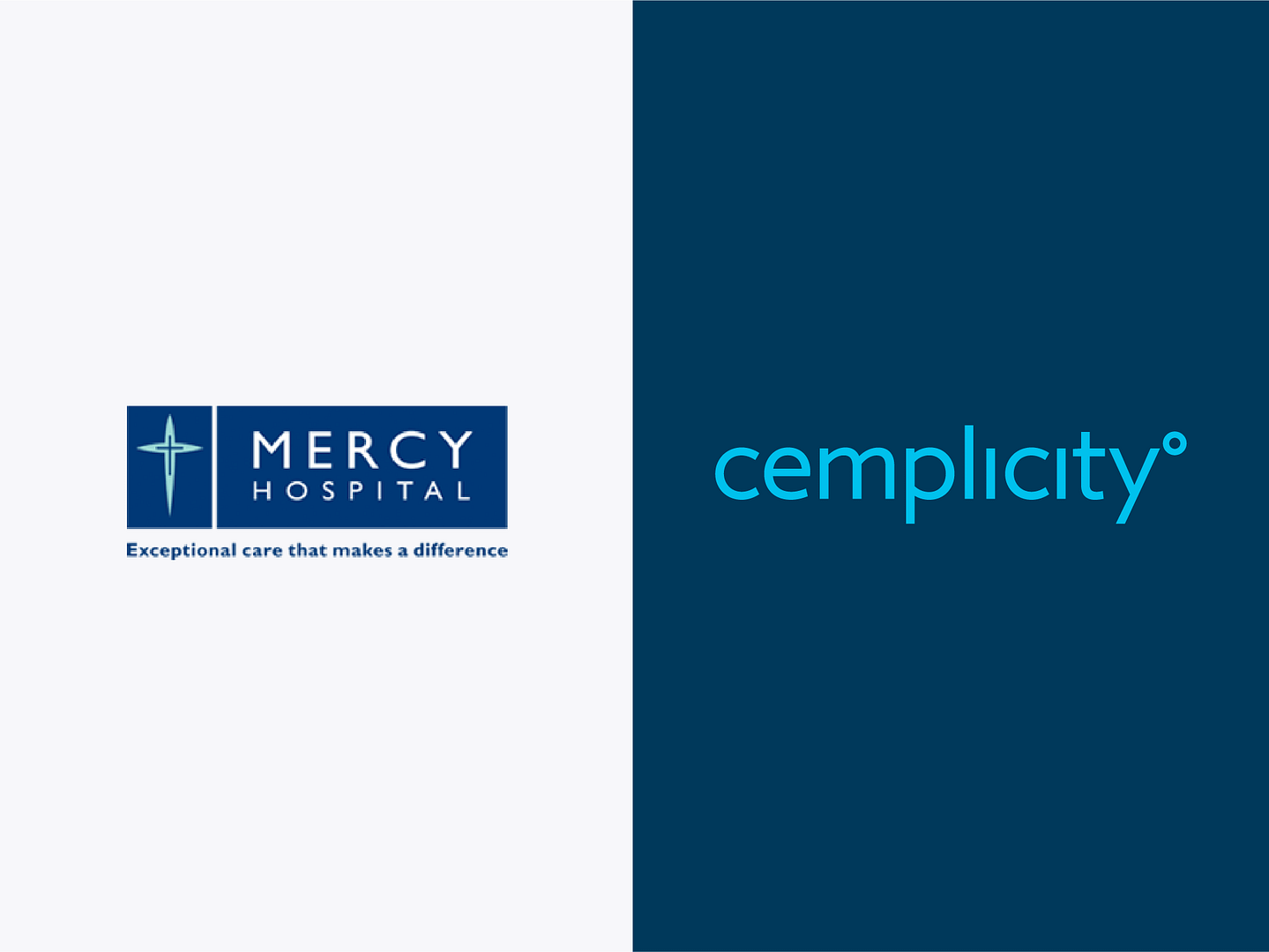Mercy Hospital is seeing an 80% uplift in patient feedback after implementing a new real-time PREMs programme with patient reported software specialist Cemplicity.
The respected not-for-profit is a healthcare provider which runs a campus of four facilities in Dunedin, New Zealand catering for patients across the Otago and Southland regions. It now has response rates of 56% from all patients, compared to less than a third from a sample a year ago.
Four months after Cemplicity went live, the executive team believes the quantity and quality of data is having a positive strategic business impact on the group’s core values of excellence, care, respect and collaboration.
Mercy Hospital is well on the way to realising a return on investment from the initiative because of savings in staff time and efficiency gains.
Jason Silby, the hospital’s Information Communication Technology Manager, who brought Cemplicity on board said that the results were ‘surprising’ both in terms of numbers and insight: ‘Our core mission is about providing exceptional care that makes a difference to our patients and communities and I don’t know how you do that without understanding patient experiences. We now have far deeper insight into our patient’s experiences than we did previously.’
The new PREMs (patient-reported experience measures) programme went live in December 2020, after Cemplicity’s IT department worked with Mercy via Zoom on the set-up. Jason described this six-week project as: ‘Probably one of the most straightforward IT implementations I’ve ever been part of.’
Online patient feedback surveys are now sent to all Mercy Dunedin patients two weeks after discharge. 90% are emailed and 10% are sent by SMS.
Patients were previously asked to fill in feedback cards and post them back. This was followed up by phone calls from nursing staff, with receptionists completing data input onto Excel spreadsheets.
The expanded and improved questionnaire covers six main categories: admission, care and treatment, environment, discharge, overall experience and likelihood to recommend.
All answers are anonymised and accessed by staff through a customised dashboard. Data can be viewed down to ward level, making it possible to pinpoint exactly where problems – or excellence – occur.
Mercy says that significant business insights have already come from the new system. One ‘easy win’ was implemented when a patient said they couldn’t tell room service where to send meals because their room number wasn’t visible inside the patient room.
Staff also say they have better understanding of patient needs. One team member wrote to Jason recently saying they had: ‘An array of responses about elements of care and service we’ve never seen before. We all knew it was a good system but this must be a ground-breaker in terms of Mercy’s responsiveness.’ Jason adds: ‘I think that sentiment is pretty widely held.’
Mercy now plans to compare its data with the aggregated results of other local and national hospitals. Cemplicity is used extensively in Australia and New Zealand private hospitals.
‘One of the unique points of Cemplicity for us was understanding where we sat against our peers,’ said Jason. ‘It shows us where we’re strong and where we need to evolve. It’s one way we can stay ahead of the competition.’
Blaik Wilson, Cemplicity’s CEO, said: ‘We believe that the approach Mercy Dunedin is taking to measure patient experience benefits everyone. It improves overall profitability and organisational performance for the healthcare provider and forces them to ask: “are we achieving our KPIs and are we really living out values through the eyes of our patients?” Importantly it recognises that every patient has the right to provide feedback and be part of the improvement loop. It’s the only way for patient-centric organisations to truly recognise what they do for their patients.’

